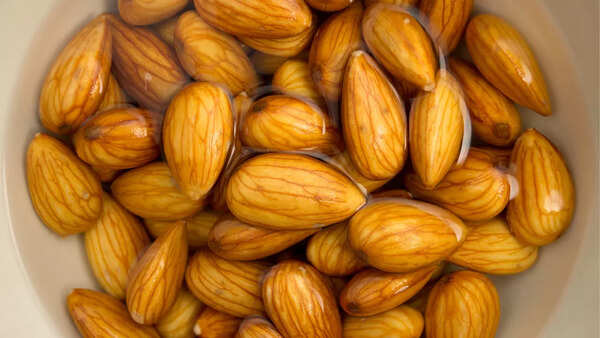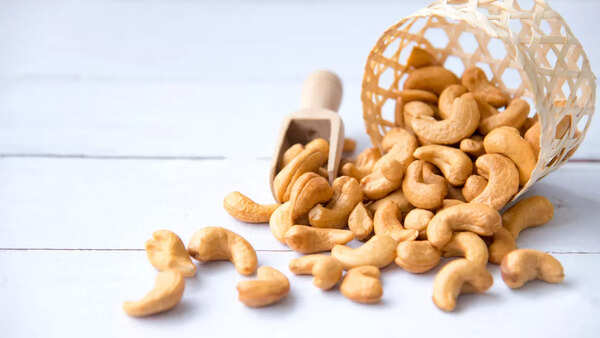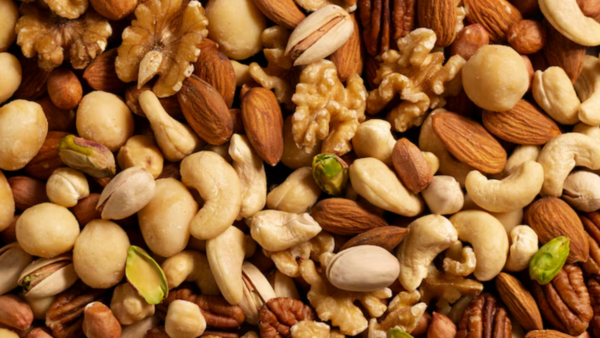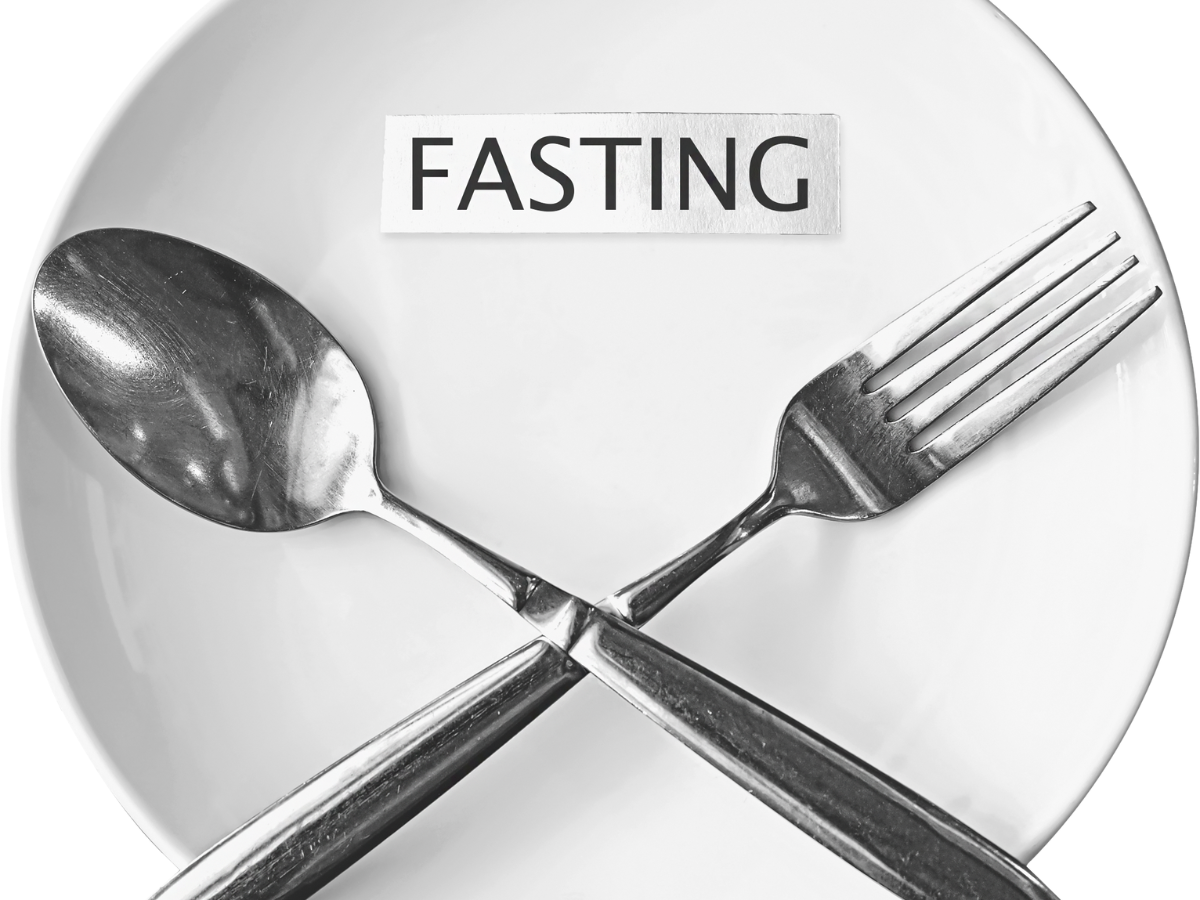
Nuts and seeds, integral to the Mediterranean diet, offer significant health benefits due to their rich nutrient profile. Soaking enhances digestibility and bioavailability by reducing phytic acid, while roasting improves flavor and texture. However, roasting might degrade healthy fats and heat-sensitive nutrients, making soaking a nutritionally advantageous option, especially for those seeking optimal health benefits.
Nuts and seeds are essential components of the Mediterranean diet - one of the healthiest diets in the world, as endorsed by scientists and nutritionists. Rich in healthy fats, plant-based protein, fiber, antioxidants, vitamins, and minerals, nuts and seeds are nutritional powerhouses that offer numerous health benefits.
But what is the right way to eat them? Soaked or roasted? Let’s take a look.

Most people prefer soaking nuts and seeds in water, often for several hours, and even overnight, to soften their texture and enhance digestibility. This traditional practice, rooted in ancient food preparation methods, surprisingly unlocks nutritional benefits.Raw nuts and seeds contain natural compounds like phytic acid and enzyme inhibitors.
These can bind to minerals like iron, zinc, and calcium, reducing their absorption in the body. Soaking helps neutralize these compounds, making nutrients more bioavailable.Dr. Pal Manickam, a gastroenterologist with over 1.6 million followers on Instagram, says soaking raw nuts might be a good idea. "Raw nuts contain phytic acid, which helps to protect the seed until it completely germinates. The concern is that this phytic acid, when combined with other foods, can slightly impair the absorption of minerals. Soaking the nuts in water overnight in the refrigerator can decrease the phytic acid by 10%,” the gut doctor shares in a video shared on Instagram.
Soaking may also make nuts easier to digest, particularly for those with sensitive stomachs. Apart from this soaking also requires time. For instance, one must soak almonds for 7-8 hours, and storing it for later won’t be great either.
7 Best ways to start your day

Roasting, on the other hand, is a quick, convenient way and also enhances its flavour. Heating nuts and seeds at temperatures between 250°F and 350°F creates a crispy texture and rich, toasty taste that many find irresistible.
The process also extends shelf life by reducing moisture content. Roasting can enhance the sensory experience. One can either dry roast or oil roast nuts and seeds. While their nutritional value remains the same in both methods, oil roasting will be calorie-dense.
Roasting might also damage the healthy fats in nuts and seeds. Nuts are high in monounsaturated and polyunsaturated fats, which can lower cholesterol and protect the heart. However, roasting at high temperatures would take away these benefits as polyunsaturated fats gets damaged or oxidized during roasting. The heat breaks down cell walls, releasing beneficial compounds like vitamin E and polyphenols. For seeds like pumpkin or sunflower, roasting can enhance the availability of healthy fats. High temperatures can degrade heat-sensitive nutrients, such as certain B vitamins and omega-3 fatty acids in flaxseeds.

Soaking nuts and seeds would be an ideal choice for their nutritional value. On the other hand, if you are grabbing nuts and seeds as an alternative for snacking, roasting them can enhance flavour and bring the crunch.

 5 days ago
61
5 days ago
61




























 English (US)
English (US)